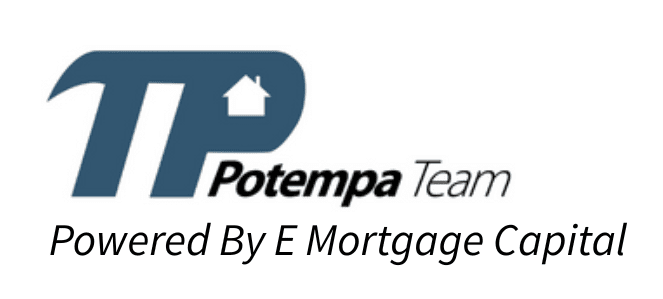If you’re still in the ideation stage of selling your home, you’re probably starting to get pretty excited about beginning the next chapter of your life in a new home. At the same time, you’re probably already aware of some potential timing pitfalls with real estate transactions. Selling your home and buying another one during the same general period can be a delicate balancing act unless you have significant stores of cash in reserve. Bridge loans are an option that can help overcome this obstacle. Here’s what you need to know.
What Is a Bridge Loan?
As its name implies, a bridge loan is meant to provide funds for transitional situations — such as when you want to purchase a new home before you sell your current one. A bridge loan borrows against the available equity of your home, is short term, and is typically repaid within six months to a year. Although most people would prefer to wait until their current home is under a contract to sell before they go house hunting for their next residence, there are several situations where this may not be a practical approach.
Because they eliminate the need to make a contingency offer on a home you’re interested in, bridge loans can be a game changer in competitive markets. With markets moving at top speed in many parts of the country, bridge loans have become increasingly common in recent years. Even in markets that are just so-so, sellers are often reluctant to accept contingency offers for a range of reasons, but the most common one is that they remove the property from the market, and if they fall through, the seller has to start all over again from square one. Remember that getting a bridge loan in a sluggish market may result in double mortgage payments for longer than you’d like.
Bridge financing may also be a desirable option if you want to purchase a property to fix it up and flip it. This way, you’ll have funds for the necessary repairs and updates without having to dip into your savings account. If you’ve decided to go the FHA route for your next home loan, keep in mind that you’ll be allowed to take out a bridge loan, but you can’t use it for the down payment — that has to come from your funds or a down payment assistance program.
Requirements for Bridge Financing
Lenders consider several factors when determining whether to offer bridge financing. Most lenders prefer that the borrower have at least 20% equity in their current home and enough income to make three house payments. It’s typically much easier to qualify for a bridge loan if you’ve got good-to-excellent credit. You may be able to get bridge financing from a hard money lender if your credit isn’t in the best shape, but even this route usually requires a credit rating of at least 600.
Please get in touch with your local Potempa Team for more information on bridge loans and other options for purchasing your next home. Our team believes strongly in the value of transparent communication, including careful listening, to ensure that clients have the best home-buying experience possible.





